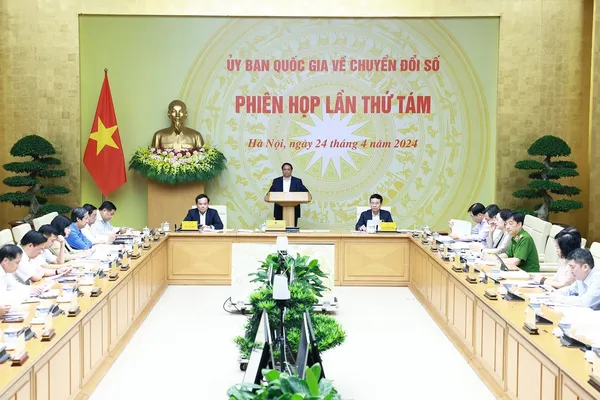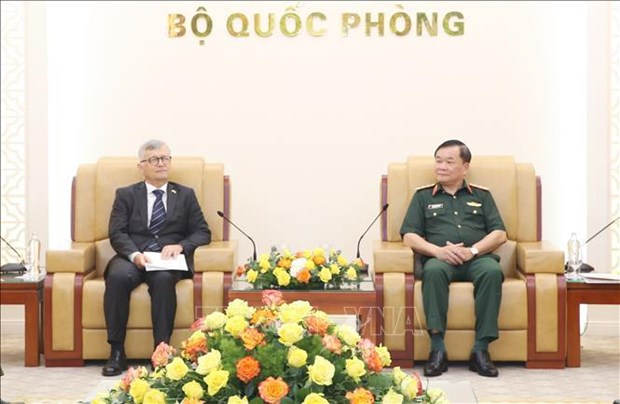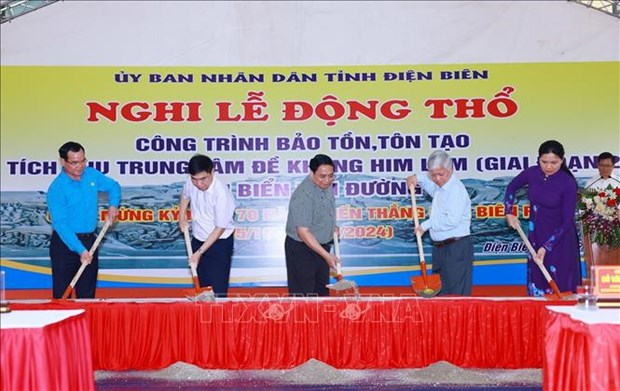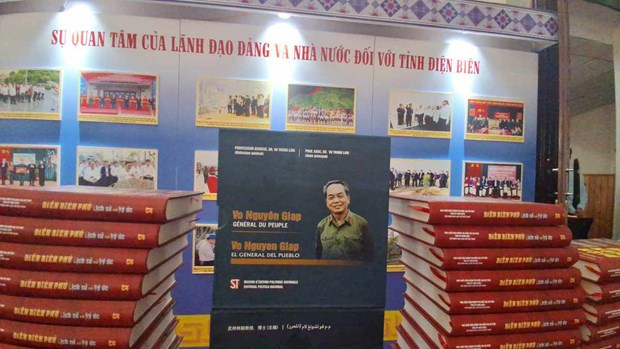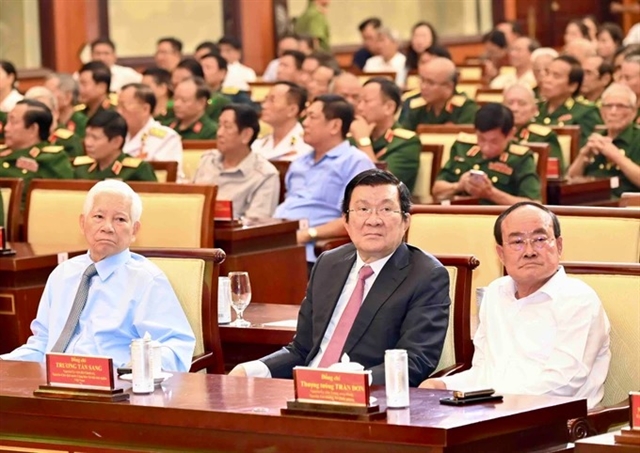 Politics & Laws
Politics & Laws

Prime Minister Nguyễn Xuân Phúc speaks to Reuters News Agency about how Việt Nam benefits from and contributes to international exchange at multilateral forums on the occasion of the G7 outreach meeting in Quebec City, Canada.
 |
| Prime Minister Nguyễn Xuân Phúc believes that Việt Nam is well positioned to develop renewable energy sources and gradually reduce the use of fossil fuels. He will contribute to international exchange at the G7 outreach meeting in Quebec City, Canada, this month. — VNA/VNS Photo Thống Nhất |
Prime Minister Nguyễn Xuân Phúc speaks to Reuters News Agency about how Việt Nam benefits from and contributes to international exchange at multilateral forums on the occasion of the G7 outreach meeting in Quebec City, Canada.
Prime Minister Trudeau has invited you to attend the G7 Summit in Canada this June. One of the themes there is climate change, oceans and clean energy. Since the international investment community sees Việt Nam as one of the best places for growth in terms of renewables, can you tell us how Việt Nam aims to enable and support the development of and investment in clean energy and renewables? For example, Việt Nam has large rare earth reserves. Could those be used to manufacture batteries that would back up solar energy production in Việt Nam, and does Việt Nam therefore have a plan to explore and extract these rare earth reserves?
Việt Nam is blessed with immense potential for clean renewable energy development. The potential capacity of Việt Nam’s wind energy is estimated at 500 – 1000 kWh/m2 per year, and its annual average hours of sunshine ranges from 2500 – 3000 with an average temperature above 21 degrees Celsius. The report released by the German Federal Enterprise for International Cooperation (GIZ) in June 2017 estimated the technical potential for wind and solar energy in Việt Nam at 215,000 MW and 340,000MW, respectively. Furthermore, as a major producer of agricultural products, Việt Nam is also rich in biomass. With such immense potential, Việt Nam is well positioned to strongly develop renewable energy and gradually reduce the use of fossil fuels.
Việt Nam has been implementing the Strategy of Renewable Energy Development to 2030 with vision until 2050. Accordingly, Việt Nam engages all social resources for investment in renewable energy development, encourages the development and use of renewable energy, and strives to raise the share of renewable energy in the national energy mix.
A number of concrete objectives of this Strategy are as follows: (i) reduce GHG emissions, as pledged under the Paris COP21 Agreement, by 5 per cent by 2020 and, with international assistance and support, by 25 per cent by 2030; (ii) further reduce the use of coal and petroleum products by 40 million tons and 3.7 million tons, respectively, by 2030; (iii) increase the electricity output produced from renewable sources from approximately 58 billion kWh in 2015 to 101 billion kWh by 2020, and 186 billion kWh by 2030; (iv) increase the rate of households owning solar energy equipment from 4.3 per cent in 2015 to approximately 12 per cent and 26 per cent by 2020 and 2030, respectively; (v) increase the biofuel output to meet about 13 per cent of the transportation demand by 2030.
To this end, the Vietnamese Government has put in place incentive mechanisms and policies with regards to land, taxation, pricing and public-private partnerships (PPP) so as to promote investment from within and outside the country into the development of renewable energy, including solar power projects. According to decisions by the Government, solar power projects (i) are eligible for import duty waivers for a number of items constituting the project’s fixed assets; (ii) may be considered for exemption or reduction of land use fees, land rent, water surface rent (ii) electricity tariff can be adjusted with fluctuations of the VND/USD exchange rate. The Government is considering the possibility of adjusting the tariff for electricity produced from wind energy in order to encourage investment in the years ahead.
In addition to renewable sources, Việt Nam is also blessed with mineral wealth, including rare earth. Việt Nam ranks among the top three in the world with estimated reserve of more than 20 million tons of rare earth. We wish to cooperate in research and development and transfer of advanced technologies in mining and in-depth processing of rare earth in order to create high value-added and environment-friendly products. It is important that we will not pursue economic growth at the expense of the environment.
On the subject of clean energy, how could strategic investment in renewables help Việt Nam both offset its falling oil and gas reserves and develop cleaner energy projection? And is Việt Nam looking to therefore attract more investment from G7 countries, either in renewable energy or more generally? If so, how is Việt Nam planning to do this?
The Vietnamese government has put in place mechanisms and policies to encourage investors from within and outside of the country to invest and do business in renewable energy on the basis of harmonizing the interests of the state, the investors and the community.
Việt Nam is enjoying effective cooperation with many countries, including G7 members, in the field of renewable energy development. In fact, G7 countries are implementing major renewable energy projects in Việt Nam. I can cite a few examples: the Mũi Dinh wind power plant (total output 37.6 MW) worth VNĐ 1,272 billion, developed by Germany’s EAB; Tuy Phong wind power plant (output 30 MW) using German technologies; Phú Lạc wind power plant (output 24 MW), using German and Danish technologies and finance.
We stand ready to cooperate with and facilitate all partners in this regard. I trust that the renewable energy market in Việt Nam may offer immense opportunities for G7 investors, who have strong financial position, technological know-hows and experience, to become strategic partners in the journey.




